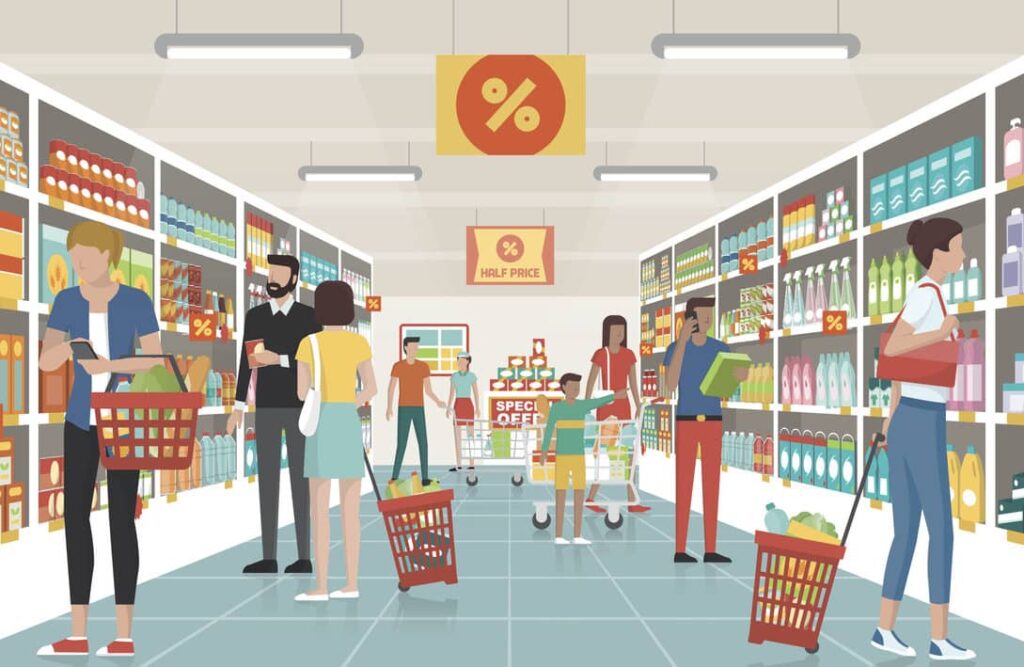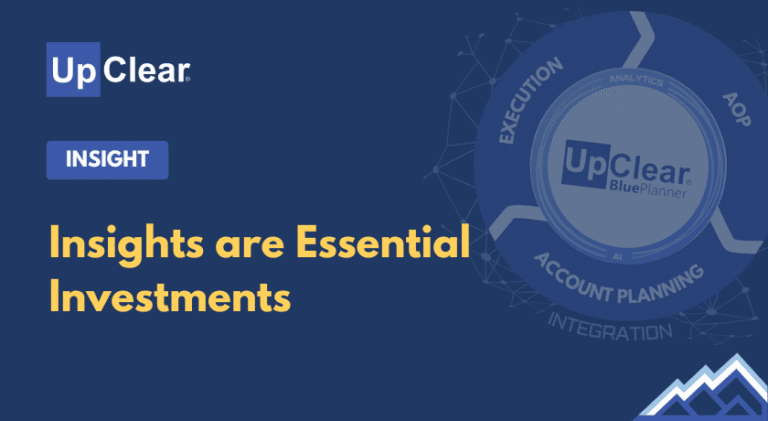This article focuses on the common types of mechanic and trade investment used around the world.
Promotional investment normally can be split either by time:
Long-term: i.e. from 12 weeks up to one year (any discount given to a customer that is more than a year isn’t a promotion and should really be captured as a ‘Discount’ under ‘Terms’). ‘Long Term Agreements’ (LTA’s) or ‘Overriders’ as they are sometimes called, are normally agreed with a customer as part of their ‘Annual Terms’ or ‘Joint Business Plan’ for each business year. These agreements can cover all aspects of the trading relationship with a customer, but four common examples include:
- Volume: An agreement to pay either an amount per unit or a percentage (e.g. of gross revenue) on all the volume purchased by the customer over the period. This can either be a fixed rate or ‘stepped’ (e.g. $0.05 on the 1st 10,000 cases and $0.10 on every subsequent case – be careful to be clear whether the additional $0.05 is then for all the volume or just that over 10,000!)
- Targets: “We agree to pay $15,000 if you purchase 100,000 cases” – a crude though sometimes effective way to ensure volume delivery but runs the risk of secondary wholesaling or stock piling… you have been warned!
- Display: or rather ‘Permanent Display’; so, an agreement to have a brand logo printed on drinks menus, signage in depots or store for a year
- Pouring: almost exclusively used in the drinks category where when a customer asks for a “whisky”, a “gin” or a “cola”, without specifying a specific product, a company will pay for the privilege of being the default “pouring” brand in that category
Short-term: i.e. less than 12 weeks. These are the activities that shoppers see instore or on-line and are normally related to ‘price’, for example:
- Price-Downs: when a product that normally retails at $15.00 is available for 4 weeks at $7.50. These promotions are either communicated to shoppers either as “Save $X.XX” or “Save X%”.
- Multibuys: this is a mechanic designed to drive weight of purchase by encouraging shoppers to pick up to or more items when they normally would only buy one. Multi-buys can either be X units for $Y (e.g. “2 for $1.00”) or “Buy one get one free”; either way the principle is the same.
Both of these mechanics can either be communicated directly at the point of purchase (e.g. instore or online) or via a ‘coupon’, which can take a physical form from a magazine or a mailshot, or increasingly be an emailed promotional code sent directly to consumers via targeted marketing campaigns.
Or by spend ‘type’:
Fixed Spend (Lump sums): A ‘one-off’ payment given to a customer to support a promotion or other brand support. This can include, for example:
- Feature: the shelf edge labels communicating a promotion
- Display: extra space instore (display units, gondola ends, floor stacks, etc.) or prominent siting on a webpage
- Communication: “advertorials” in a customers’ magazine, brochures or in the case of on-trade outlets, menu features, floor prints, shelf flags, etc.
- Sampling: either instore or “freebies” sent with each home delivery
- Listing Fees (New): bit problematic, but paid to customers when they list a new SKU
- Etc…
Variable Spend: ‘variable’ in that it depends on the volume as to how much this is going to cost (e.g. 100 cases x $10 = $1,000 / 1,000 cases x $10 = $10,000). This investment is managed in two ways:
- ‘On Invoice’: also, confusingly known sometimes as ‘off invoice’(!) – essentially though a customer promotional discount is given at the point of invoice, so it appears on the invoice, or if you’re in the latter camp, the discount is taken off the invoice. Either way the amount charged to the customer includes the promotional discount agreed per bottle, pack, case, etc.
- Retrospective: this is where the customer pays the same invoice price throughout the promotional period, and then claims back the agreed promotional discount, either at the end of each week or more usually at the end of the activity.
The complication for variable spends comes with what type of customer you are dealing with, so for direct customers the variable spend is based on the amount of volume you ship to them (i.e. “Direct Buy-In”) or they have sold-out (i.e. “Direct Sell-Out”), validated ideally with EPOs data. For indirect customers that buy through a third-party (e.g. a distributor, wholesaler, etc.) however, manufacturers have the added complication of supporting activity (i.e. “Indirect Volume Related”) from which they are one step removed. In these cases, retrospective claims (e.g. hotel group, independent retail chain, online specialist, etc.) must come normally through a ‘middle-man’, so validating them can be tricky.
These are the most common type of trade spend conditions, but it is obviously not an exclusive list. The nuances depend on the combinations of time and spend types, plus the channel and market environment that the manufacturer is operating in. It is the role of the commercial teams to ensure that these various ways of spending money are managed and controlled in the most efficient way possible to deliver the greatest ROI.




